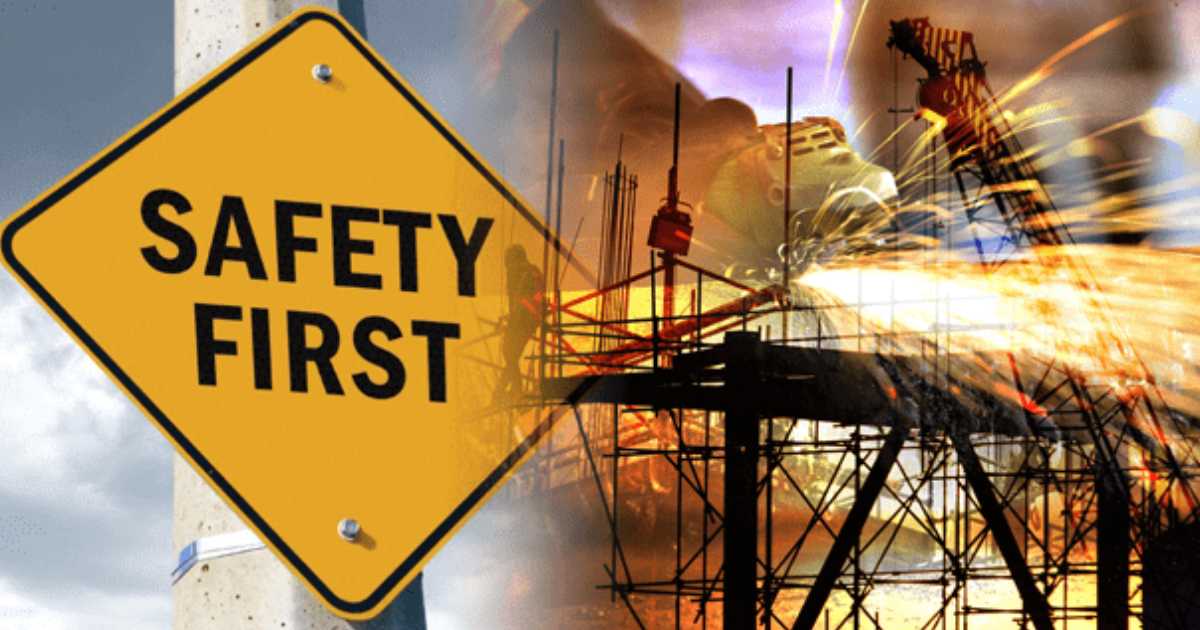Ever walked past a bustling construction site and wondered who’s calling all the shots? In the world of self perform construction, it’s all about the main contractor taking charge. This isn’t your average building project it’s a whole new ball game where the general contractor (GC) rolls up their sleeves and gets their hands dirty.
Self perform construction is when the lead contractor handles most, if not all, of the construction work themselves. Instead of hiring a bunch of subcontractors, they use their own skilled labor force. It’s like being the chef, sous chef, and kitchen staff all rolled into one. This approach is shaking up the building industry, offering a fresh take on how we tackle construction projects across the USA.
What are the benefits of self performing work on a construction project?
When it comes to self perform construction, the perks are as solid as a well-laid foundation. This construction model is gaining traction in the US, and for good reason. It’s not just about cutting costs though that’s certainly a big draw. Self performing work can lead to faster project completion, tighter quality control, and a more cohesive team on site.
One of the biggest advantages is the level of control it gives the project leader. When you’re overseeing every aspect of the build, from pouring concrete to wiring electrics, you’ve got your finger on the pulse of the entire project. This hands-on approach means issues can be spotted and solved quickly, keeping the project on track and running smoothly.
Benefits of Self-Perform Contractors: Why More US Firms Are Making the Switch
Self-perform contractors are becoming the new rock stars of the construction sector. These firms are ditching the old way of doing things and embracing a more integrated approach. By keeping everything in-house, they’re able to offer a level of service that’s hard to beat.
One of the biggest draws is the consistency in quality. When you’ve got the same team working on different aspects of the project, you’re more likely to get a cohesive result. Plus, there’s a sense of pride that comes with doing the work yourself. This can lead to better outcomes and happier clients a win-win for everyone involved in the construction landscape.
Lower-Cost
In the world of construction, every dollar counts. Self perform construction can be a real game-changer when it comes to project expenses. By cutting out the middleman (aka subcontractors), you’re instantly saving on markup costs. It’s like buying direct from the factory instead of a retail store you’re getting more bang for your buck.
But it’s not just about immediate savings. Self-perform contractors often have a better handle on budget estimates. They know exactly what resources they need and how much things should cost. This leads to more accurate financial forecasting and fewer nasty surprises down the line. In a case study from a recent project in Denver, a self-perform contractor managed to bring the project in 15% under budget – that’s no small change!
Read This Post:
The Reality Of Attracting Therapy Clients
Efficient Scheduling and Time Saving

Time is money, especially in construction. Self perform construction is like having a well-oiled machine. Everything runs smoother because you’re not juggling multiple subcontractors’ schedules. This construction strategy can seriously speed up your project timelines.
Take the case of a high-rise project in Chicago. The self-performing contractor was able to shave two months off the expected completion date. How? By having complete control over the workflow, they could overlap tasks that would typically be done sequentially. It’s this kind of scheduling efficiency that’s making self-perform a hit in the fast-paced world of US construction.
Ensuring Safety

Safety isn’t just a priority in construction – it’s the foundation everything else is built on. In self perform construction, safety protocols are easier to implement and enforce. When everyone on site is part of the same team, there’s a shared responsibility for keeping things safe.
OSHA compliance becomes less of a headache too. With a single team handling everything, it’s easier to ensure everyone’s on the same page when it comes to worksite safety. The numbers speak for themselves – self-perform projects often see fewer accidents and less downtime due to safety issues. It’s not just good for the workers; it’s good for the bottom line too.
Project Flexibility
Construction projects are like living, breathing things they’re always changing. Self- perform construction shines when it comes to adaptability. Need to make a last-minute change? No problem. There’s no need to coordinate with multiple subcontractors or navigate complex chains of command.
This project responsiveness can be a lifesaver. A project manager in Seattle shared how they were able to completely redesign a floor plan midway through a build. With a traditional setup, this would have been a nightmare. But with their self-performed team, they made the changes without missing a beat. It’s this kind of flexibility that’s making self-perform a go-to choice for complex, dynamic projects.
Project Quality
Quality isn’t just about the end result it’s about the entire process. Self- perform construction puts quality control front and center. When the same team is handling every aspect of the build, there’s a consistency that’s hard to match with a patchwork of subcontractors.
This approach leads to better performance quality across the board. From the foundation to the finishing touches, everything is held to the same high standard. A luxury condo project in Miami is a perfect example. The developer went with a self-perform contractor and the result was a building that not only met but exceeded expectations. The attention to detail and seamless integration of different elements wowed both the client and future residents.
Challenges and risks of self performing construction work
While self performing construction has a lot going for it, it’s not without its challenges. One of the biggest hurdles is the need for a diverse skill set within your team. You need to have experts in various trades all under one roof. This can be a tall order, especially for smaller firms.
There’s also the issue of liability exposure. When you’re handling everything yourself, you’re also taking on all the risk. This means you need to be extra vigilant about compliance issues and risk management. It’s a lot of responsibility, but for many contractors, the benefits outweigh the risks.
How does self perform differ from traditional construction methods?
Self-performance and traditional construction methods are like night and day. In the traditional model, a general contractor acts more like a coordinator, bringing in specialized subcontractors for different aspects of the build. It’s a bit like being the conductor of an orchestra – you’re in charge, but you’re not playing the instruments yourself.
Self performance, on the other hand, is more like being a one-man band. The general contractor is directly involved in every aspect of the construction. This hands-on approach can lead to better communication, faster problem-solving, and a more unified vision for the project. It’s a different way of working, but for many in the US construction scene, it’s proving to be a winning formula.
Tips for successful self perform construction projects
Success in self performing construction doesn’t happen by accident. It takes planning, skill, and a whole lot of hard work. Here are some tips to help you nail your next self-perform project:
- Build a diverse team: You need experts in various trades. Invest in training and development to create a well-rounded workforce.
- Embrace technology: Use project management software to keep everything on track. It’s like having a digital assistant that never sleeps.
- Communicate, communicate, communicate: When you’re handling everything in-house, clear communication is key. Regular team meetings can help keep everyone on the same page.
- Stay flexible: One of the biggest advantages of self-perform is adaptability. Be ready to pivot when needed.
- Focus on safety: Make safety a core part of your company culture. It’s not just about avoiding accidents it’s about creating a workplace where everyone feels valued and protected.
MFS Self-Perform Construction
Let’s take a look at how MFS Construction is knocking it out of the park with self-perform construction. This US-based firm has fully embraced the self-perform model, and it’s paying off big time. They’ve tackled projects ranging from high-rise office buildings to complex industrial facilities, all with their in-house team.
One of their standout projects was a state-of-the-art research facility in Boston. By using the self-perform approach, MFS was able to complete the project three months ahead of schedule and 10% under budget. The client was thrilled with the result, praising the seamless coordination and high-quality workmanship. It’s success stories like these that are making more and more US firms sit up and take notice of the self-perform model.
Conclusion
Self perform construction allows contractors to use their in-house labor for tasks, rather than relying on subcontractors. This approach offers benefits such as cost savings, faster project completion, and improved quality control. Contractors maintain direct oversight of their workforce, leading to increased flexibility and reliability.
There are risks, including over-reliance on internal resources and potential legal liabilities. By effectively managing resources and planning, contractors can successfully implement self-perform construction to meet project goals while maintaining safety and efficiency.

I am a content writer with three years of experience, specializing in general world topics. I share my insights and knowledge on my personal blog, “generalcrunch.com”, providing informative content for my readers.